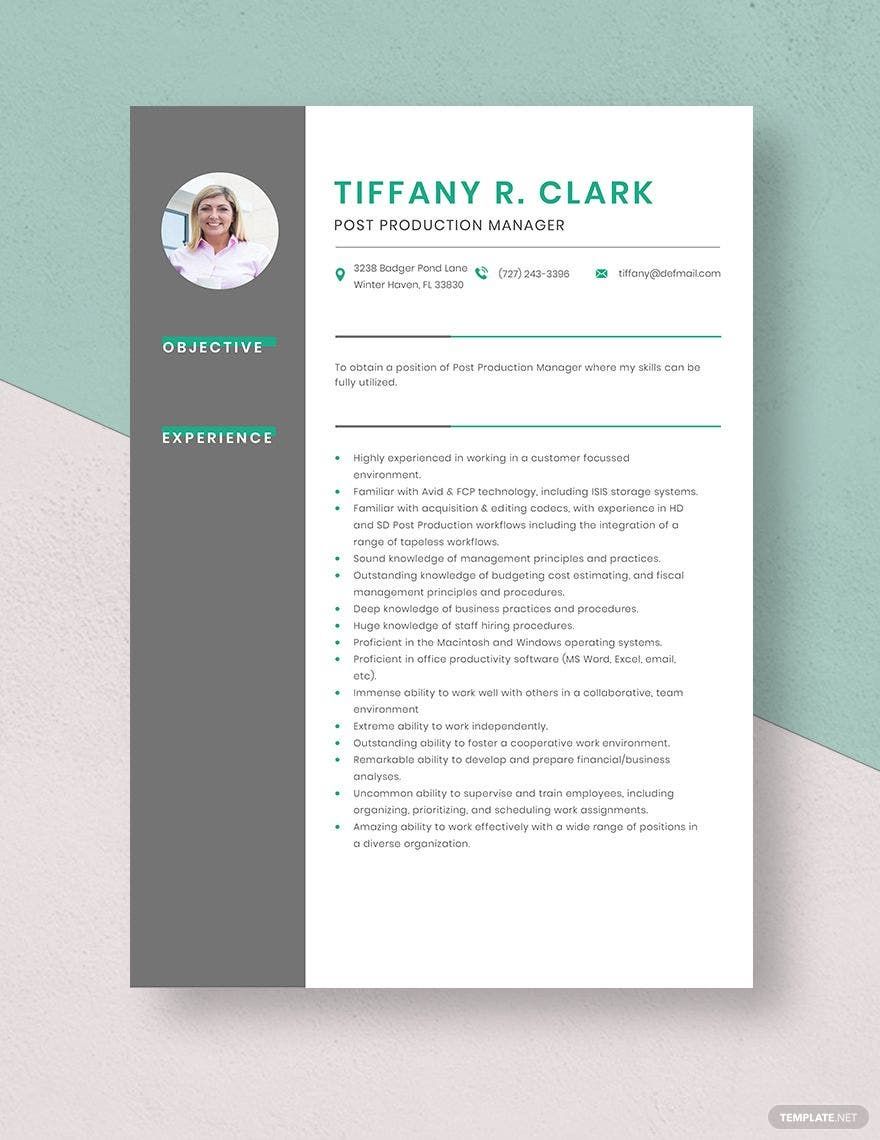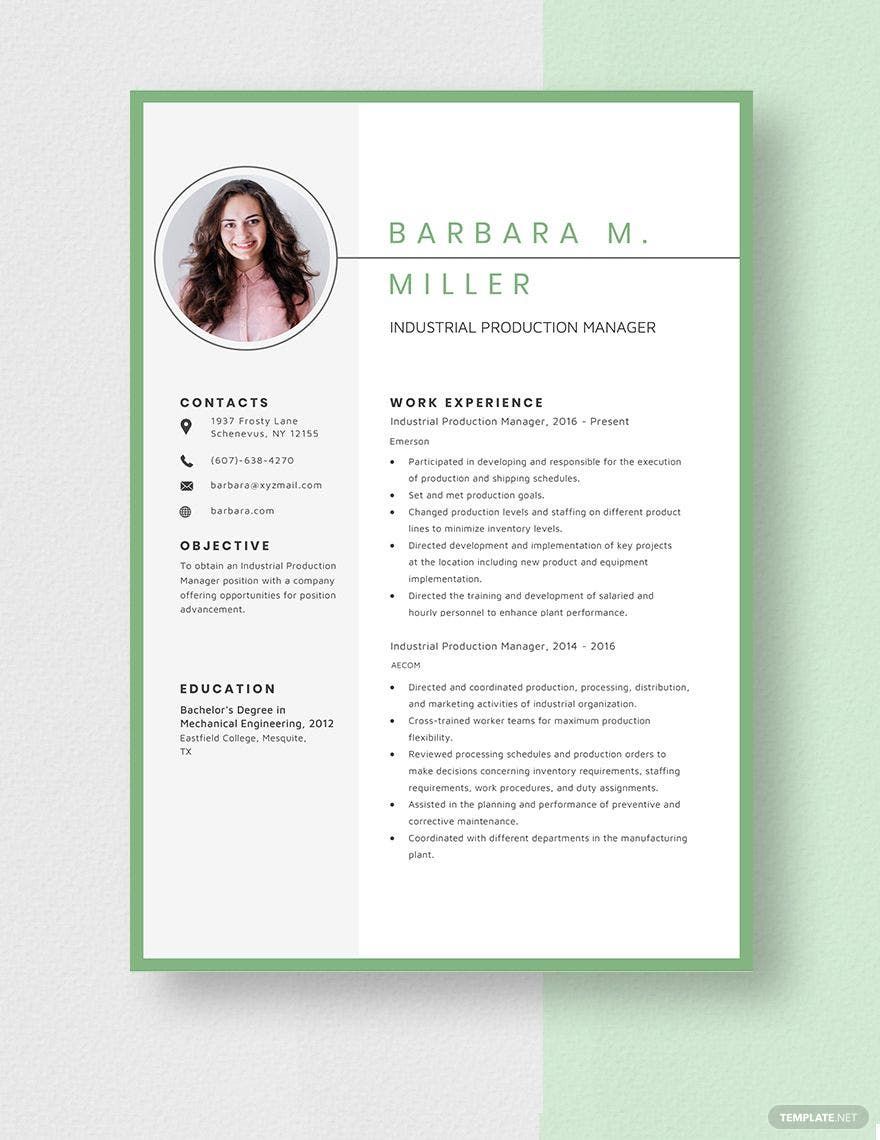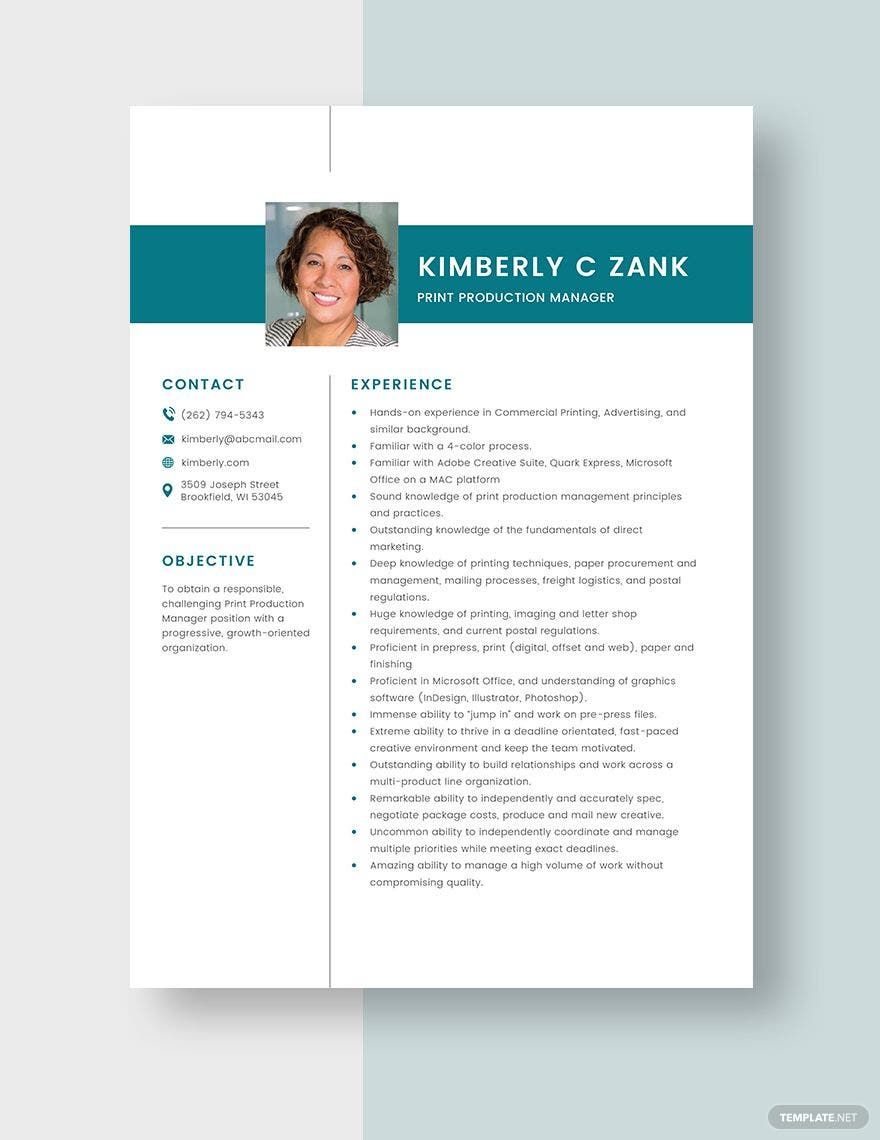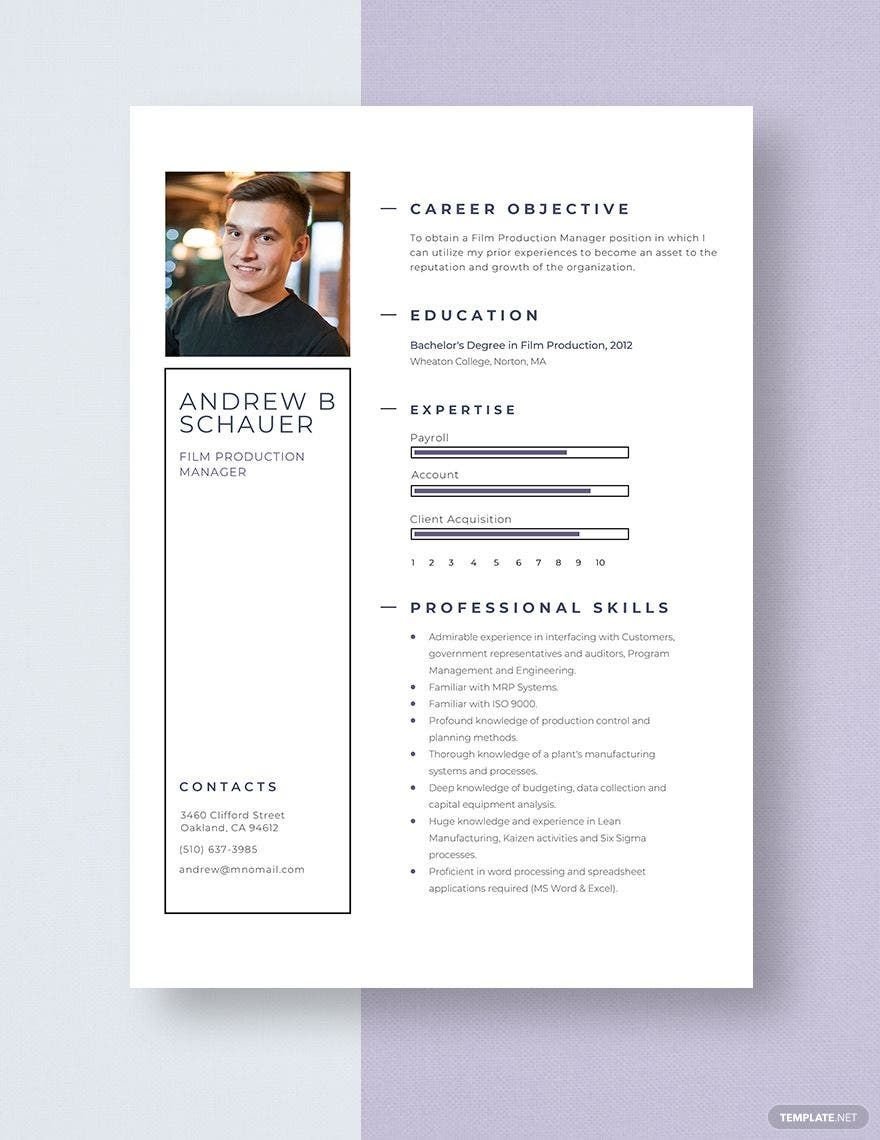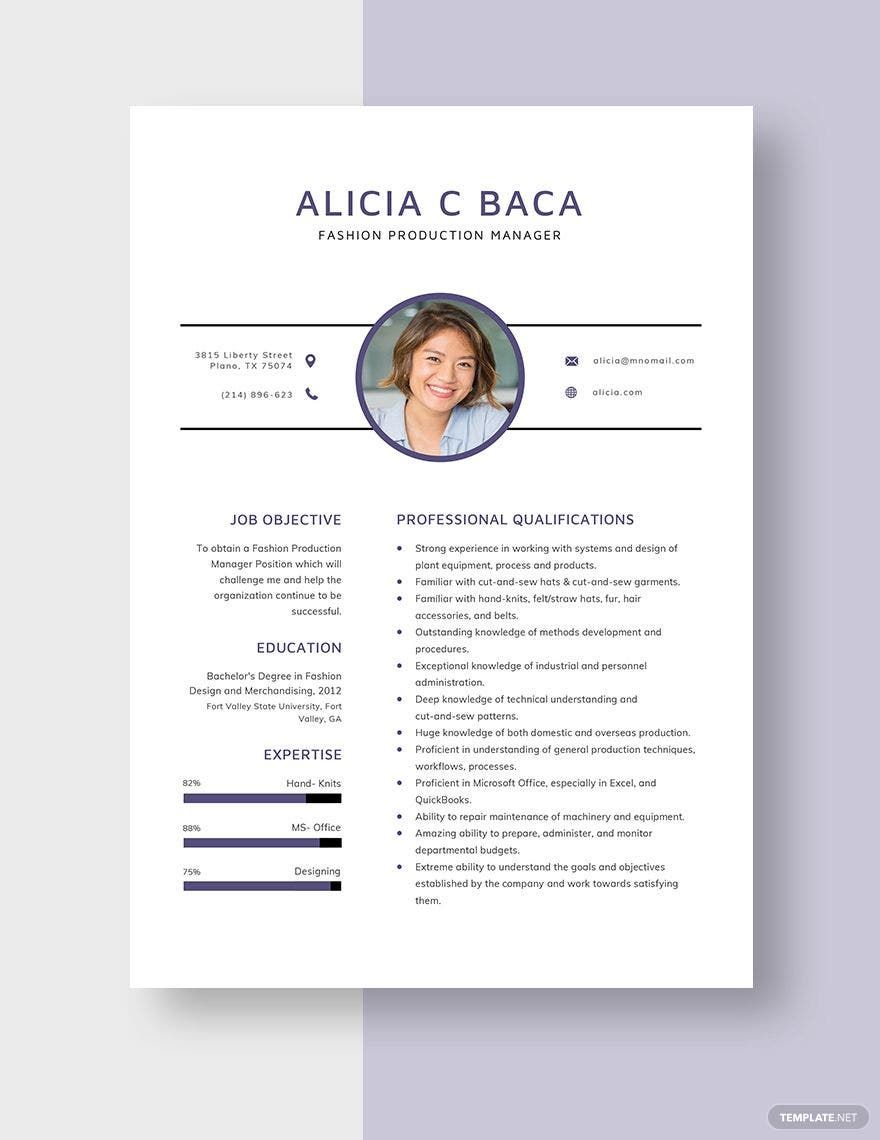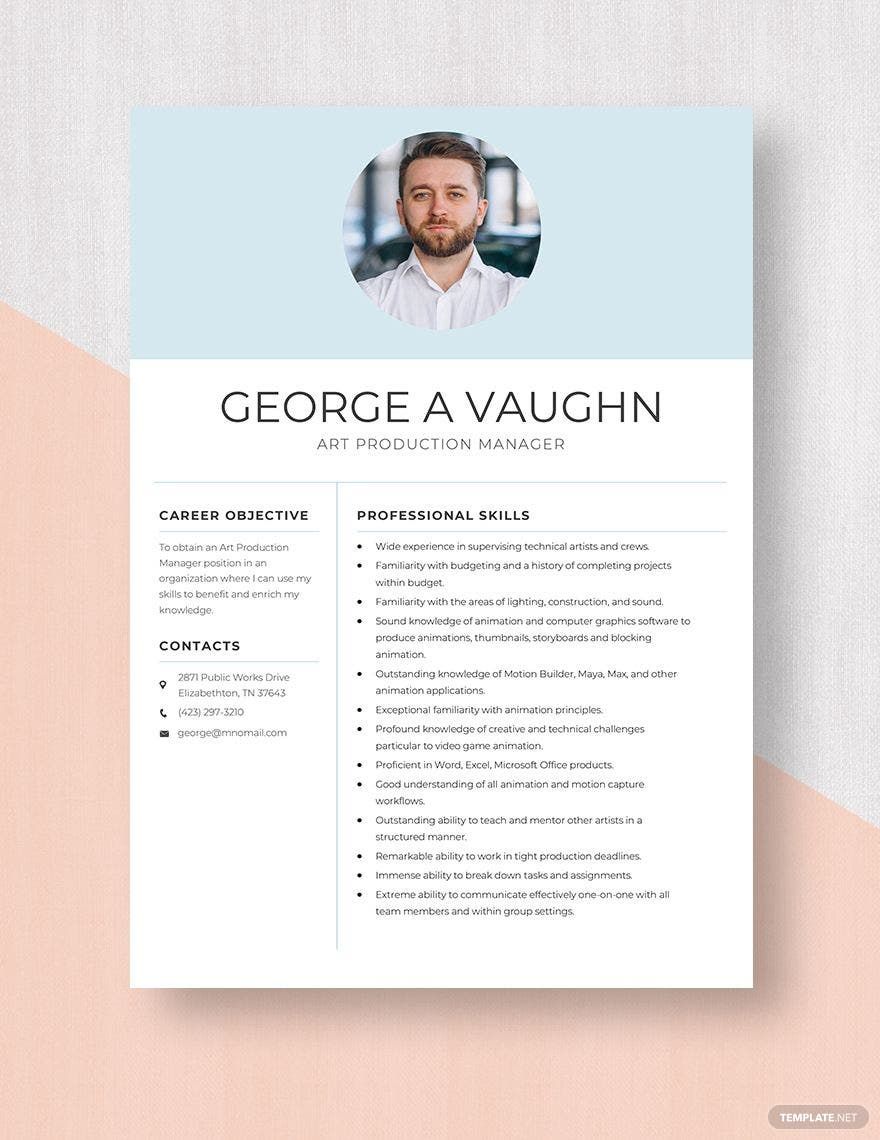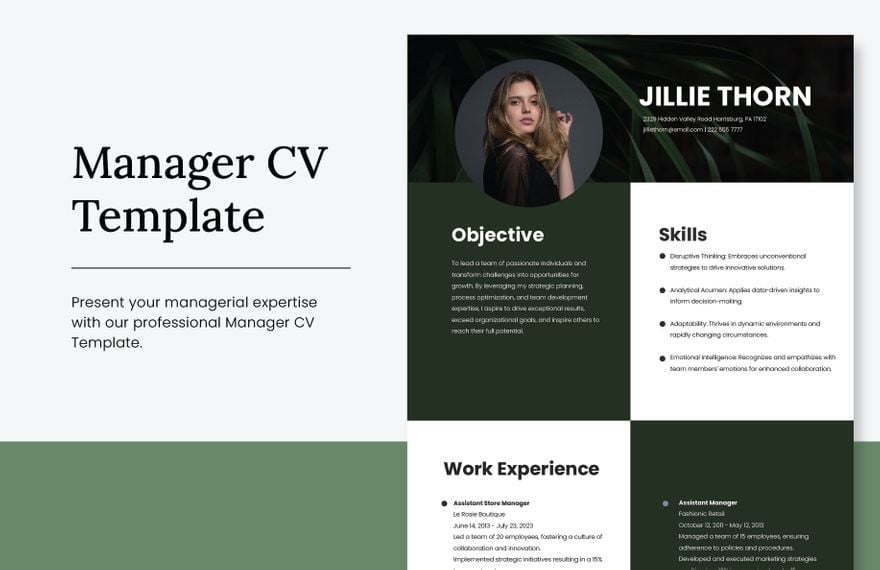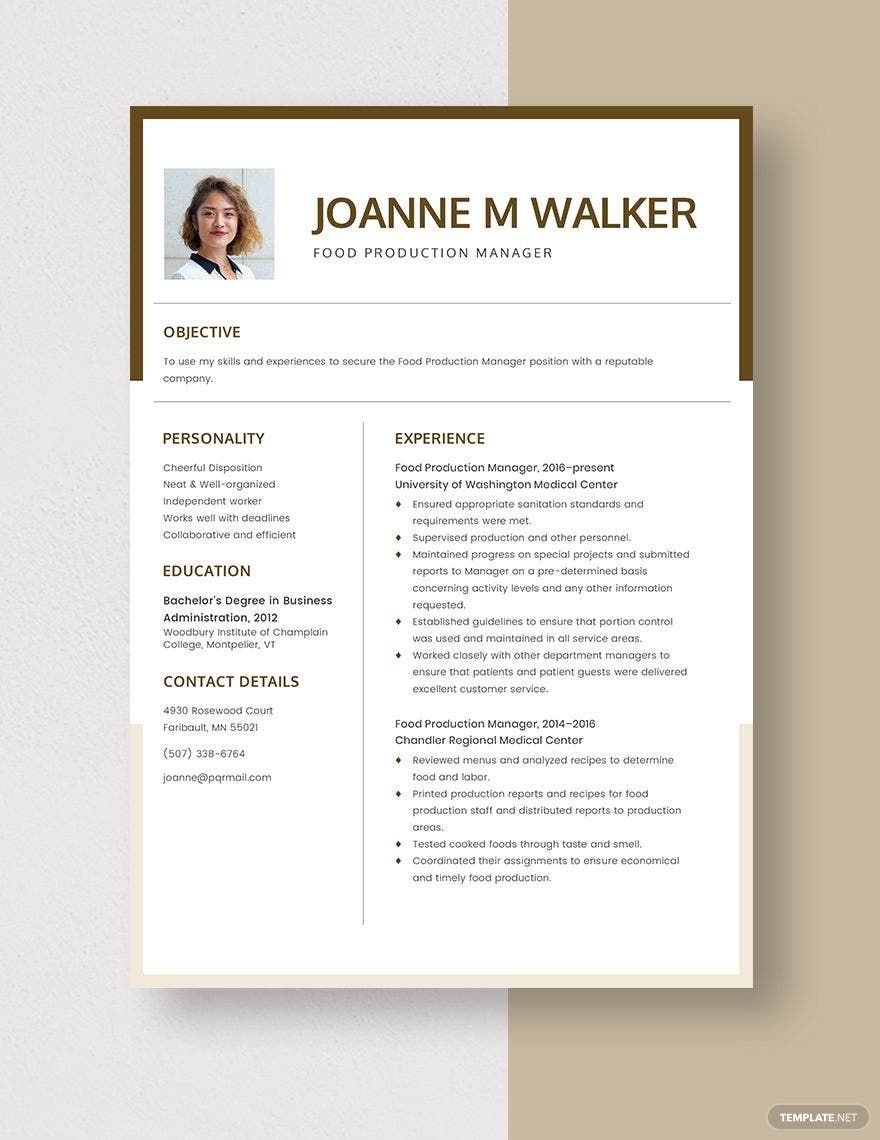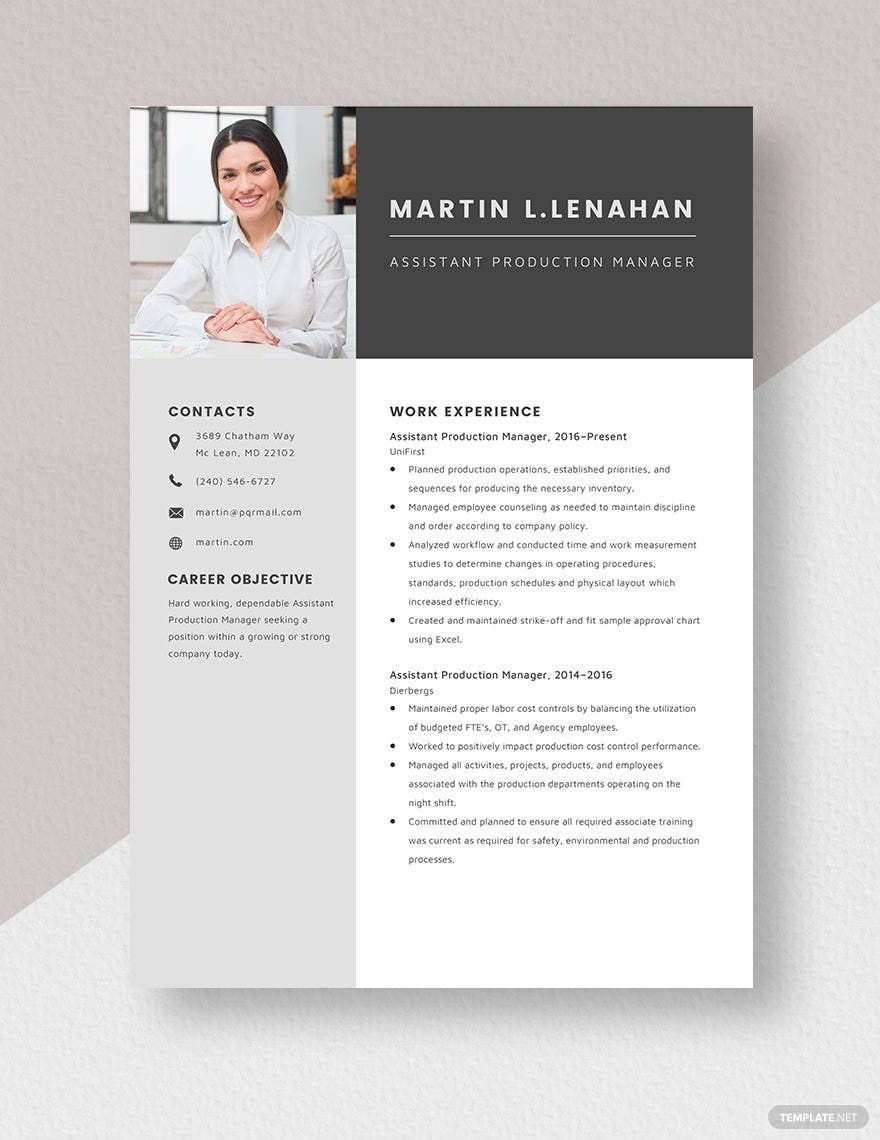A resume, also known as a CV outside of North America, is a document that individuals create and use to show their background, skills, and achievements. Résumés can be used for many purposes, but the most common one is finding new employment. A standard résumé includes a "summary" of related employment and academic experience. The résumé, along with a cover letter and often an employment application, is generally one of the first things a prospective employer sees about a job seeker and is used to test candidates, sometimes followed by an interview.
A résumé is usually limited to one or two pages of A4 or letter-size paper, outlining only certain experiences and qualifications that the author finds most important to the desired role. Résumés may be organized in different ways. The reverse chronological résumé lists a candidate's work experiences in reverse chronological order (last thing first), usually for the previous 10 to 15 years. Starting and ending dates are specified for each role. In a functional résumé, work experience and expertise are organized by skill field or job role. As the employment search has become more electronic, it is common for employers to only accept résumés electronically, either out of practicality or preference.
Manufacturing processes are planned, coordinated, and controlled by production managers to ensure that goods are produced on schedule and on budget. The job's complexity is determined by the design of the production method. The fact that many businesses are involved in several forms of production adds to the role's difficulty. Browse through a collection of professional Production Manager Resume templates that have been curated just for you.

